Driving in winter conditions on snowy and icy roads is serious business and it should not be taken lightly.
As Clint Eastwood once said, “A man has got to know his limitations”. You must be aware of the fact that some people are better drivers than others and when snow and ice are part of the everyday game, knowing your limitations can make the difference between life and death.
But that’s not everything there is to know about driving in the winter. One of the probabilities if you’re a regular “long range” traveler during the cold season is that some day you’ll be faced with a reality check. You might be forced to survive for a couple of days or more stuck in the snow, with no one else around to help you out.
You may be all by yourself or worse – stranded in impassible snow or a blizzard with your family.
Can you survive a three-day ordeal in the white Hell? Well, the short answer is yes, if you’re prepared to do it.
Prevention Is Better than Treatment
The best prepping strategy for surviving a blizzard, an ice storm or anything of the like is to avoid getting stuck in the snow in the first place.
We know it sounds obvious, but avoiding the mess by staying home during harsh weather is the best decision you could make if it’s even remotely possible. If that strategy is not an option, then what?
Well, let’s take a look at the prepping option.
Just like in any other survival situation, the basics are the same: you must have enough food, water and proper shelter if you want to survive a blizzard stuck in the snow in your car.
Since you’re already inside a vehicle, you will benefit from some protection against the elements, in other words, you have some shelter. But that doesn’t mean that you’re protected from the cold itself. If you want to survive below-zero temperatures for days in a row, you’ll need something extra.
So, before taking long trips in the winter season, here’s a short list of what you’ll need inside of your car at all times and also a few tips and tricks:
- Any prepper knows that the fuel tank must be kept full at all times; you can imagine that running out of gas in an ice storm is no fun at all. Also, keeping a full tank in cold weather will help to prevent condensation inside the tank.
- If you get stuck in the snow, don’t panic. Stay inside the car and don’t rely on high tech devices or gadgets to survive. Survival is about skill, knowledge and temperament, not about high tech. However, if your cell phone works, you must use it immediately to call for help if you can. There’s no need to waste a valuable resource by letting the battery go dead without trying to save yourself.
- You shouldn’t leave the vehicle under any circumstances unless you’re very familiar with the surroundings or as a last resort, i.e. you don’t believe you’ll survive inside and you must try to reach a safe place by walking. If you must leave the vehicle, try to wait for daylight if possible.
- Blankets (wool blankets are best) and sleeping bags are your best friends if you want to keep warm when stuck in the snow in your car for a long time; we’re talking about old school means of preserving body heat. Make sure you have at least one blanket or sleeping bag per person INSIDE the car, not in the trunk (it may become inaccessible in a blizzard).
- Keep a container inside of the vehicle for collecting snow in case of SHTF; melted snow transforms into potable water which means that you’ll stay hydrated at all times.
- Keep in mind that any open fire (like a candle) produces carbon monoxide, a toxic gas that’s colorless and odorless and will kill you if you don’t have a window partially opened in order to ventilate the poisonous gas from the vehicle.
- You should use hand warmers as a safe alternative to open flames inside of your vehicle.
- The obvious solution for keeping warm inside the car is to keep the heater on, but there’s a trick: always make sure that the exhaust pipe of the vehicle doesn’t get clogged with snow. If it does, your vehicle will fill up quickly with carbon monoxide and guess what will happen to you…
- Don’t use ALL the gas in the tank for heating; you may need some of it later when the weather clears up and you’ll want to excavate your vehicle from the snow and get out of there.
- Stay inside the vehicle if you can’t see a building or structure nearby, it’s very easy to get disoriented in a snow storm and get lost and die of exposure.
- Turn the car’s heater on for 10 minutes every 45 minutes, keeping a window cracked at all times.
- Keep the seat belt on yet try to exercise a little by stretching your legs and arms now and then. This will help you stay warm and alert.
- Keep some extra clothing inside of the vehicle, along with blankets and sleeping bags (Thinsulate™ is the best option): gloves, boots and even a hat.
- Keep a red or orange flag inside the car; if SHTF, you’ll attach it to the antenna, thus making yourself more visible for the rescue teams.
- Stockpile flares, a flashlight + batteries, a GPS (Global Positioning System) and CB (Citizens Band) radio equipment if possible.
- You can signal your location by burning your spare tire; the smoke and fire will be visible for rescuers miles away.
Prepare Your Food and Water
You must know that is very easy to get dehydrated in the winter, hence drinking enough water (2 liters/day) under stressful conditions is crucial. Remember, you’ll have to melt the snow and drink it. Avoid eating snow directly because it leads to hypothermia.
Storing food inside of a car is a tricky business, to say the least. Fortunately, during winter you can safely presume that the food will never spoil as long as it’s outside. However, you should try to stockpile calorie dense foods with long shelf lives, such as canned foods (don’t forget the can opener), peanut butter, crackers, granola bars, even dehydrated/freeze dried food rations if you can afford them.
As a general rule of thumb, you should have at least 6,000 calories worth of food for every person in the vehicle, which translates into a minimum three day supply of food (or more with rationing).
Video first seen on KATU Communities
Along with food and water, there’s a list of items that you need to keep inside of the vehicle at all times during winter:
- A small tent
- Sleeping bags/blankets
- Means for making fire: matches (waterproof), flint, lighter fluid
- Candles, signal flares
- Tools : hunting knife, compass/gps, flashlight/batteries, a hammer, screwdrivers, pliers, pry bar, a shovel
- A first aid kit which should contain alcohol wipes, medication, antibiotic cream, bandages, analgesics and gauze
Remember, being stuck in the snow during a blizzard can be a horrific experience, but you must try to remain calm and composed at all times. Keep a clear head and remember that fear is the mind killer.
If you plan ahead and you have the supplies, the tools and the skills, you will be able to manage the situation and keep yourself and your loved ones alive and well until help arrives or until you can safely find your own way out.
This article has been written by Chris Black for Survivopedia.


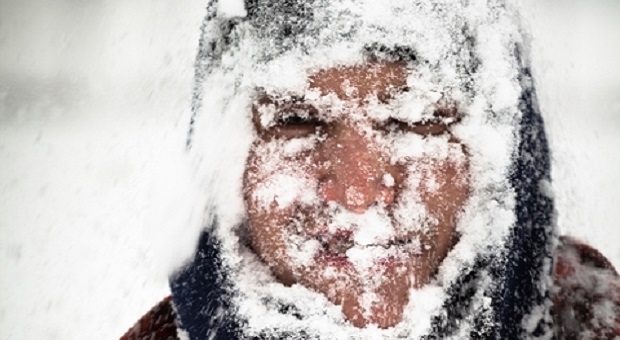


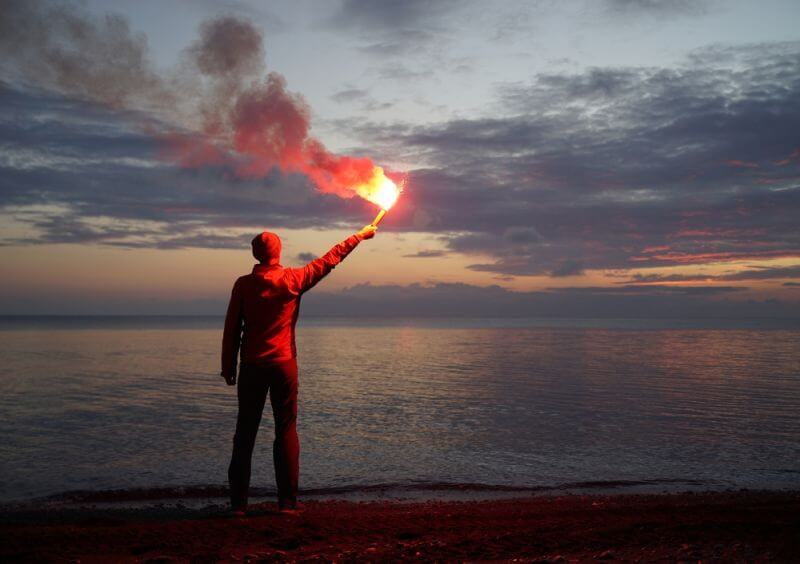
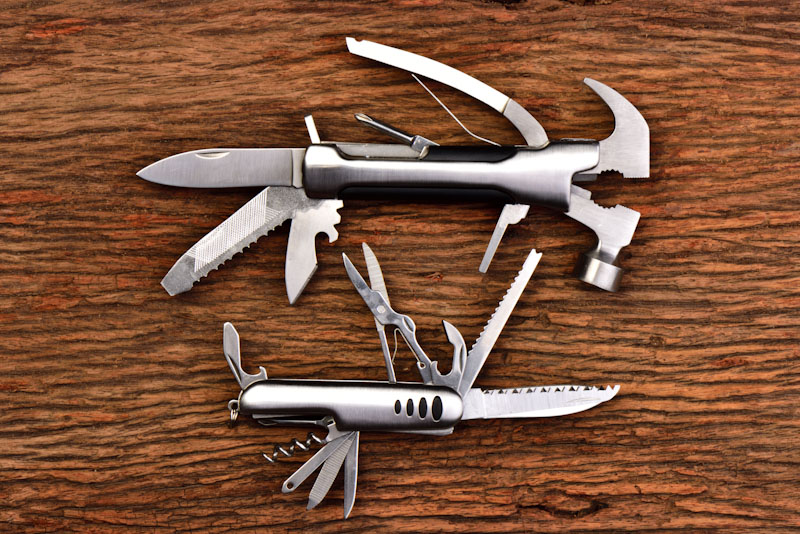
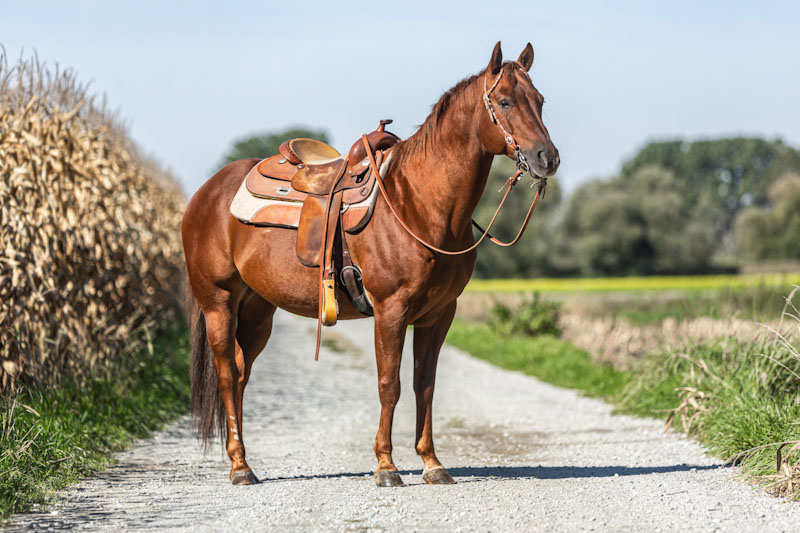
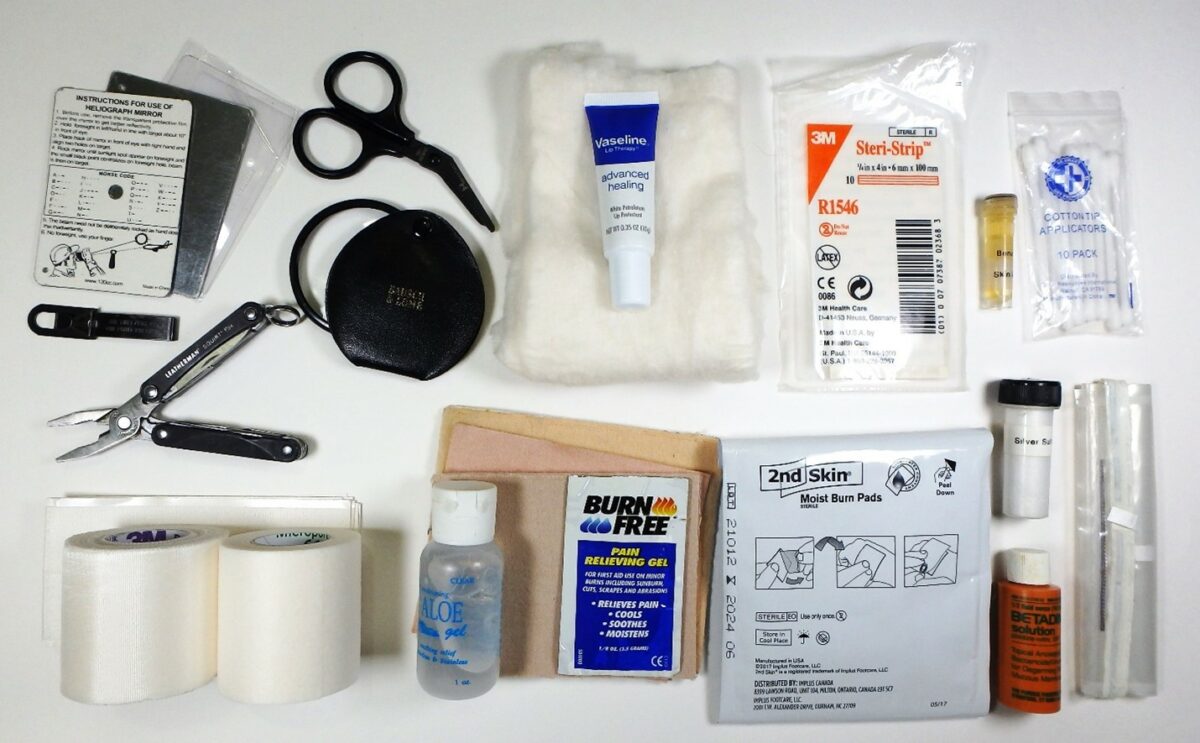

Pingback:DOs And DONTs When Stuck In The Snow | Survivalist Basics | Be Prepared For Anything! | December 4, 2014
|
Pingback:DOs And DONTs When Stuck In The Snow - TinHatRanch | December 4, 2014
|
Pingback:Natural Treatments For Winter Injuries | Survival skills, survival guns, survival guide | January 14, 2015
|
Pingback:Surviving When The Frostbite Bit You | The Prepper Dome | January 14, 2015
|
Pingback:Winter Survival And Blizzard Prep Tips | Survival skills, survival guns, survival guide | February 2, 2015
|
davida | January 29, 2016
|
MY LIST OF SUPPLIES INCLUDES A BOAT FLAIR GUN AND FLAIRS FOR IT ALONG WITH ROAD FLAIRS along with camping supplies, the works, for 2 weeks and an ar 7 a 22 lf carbine rifle for back packing. and all the things cris black mentioned . canned ham anyone?
Pingback:11 Tips On How To Survive A Polar Vortex | Survivopedia | December 18, 2017
|
Pingback:Winter Survival And Blizzard Prep Tips | Survivopedia | March 13, 2019
|